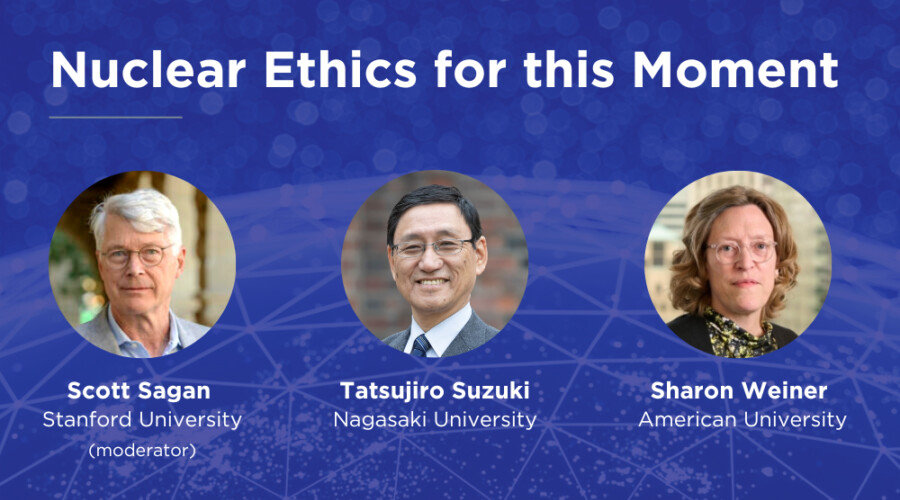It is about time someone reminded us that civil wars are not an entirely internal affair, that the international environment in which they occur matters too. Recent students of internal conflicts tend to focus overwhelmingly on the domestic aspects of war, conveniently shifting the burden from "us" (the West and the international community) to "them" (the conflict-ridden states). According to the existing literature, if states are caught in a trap of endless low-intensity warfare, it is due to poverty, ancient ethnic hatreds, or neighbors' greed for their precious resources (such as diamonds, gold, oil, and coltan, for example). In Neverending Wars, Ann Hironaka sets the record straight by pointing at the responsibility of the international community. Not only have superpowers, former colonial metropoles, and regional powers often directly interfered in other countries through outright intervention—they have also done so indirectly by fostering international norms to which all states are obliged to conform. The originality of Hironaka's argument and the strength of her book rest in the examination of the relationship between civil wars and the structure of the international system.
Hironaka seeks to explain the increased duration of civil war, not the original causes. Using both statistical evidence and historical examples, she examines how the international environment contributes to transform local grievances into long-term civil wars. Data shows an exponential increase in the number of civil wars starting in the mid-1980s (as the USSR's influence started to diminish) and gaining momentum in the 1990s until the end of the Cold War. But contrary to what is often argued, this is not the result of a surge in ethnic identities that had been temporarily subsumed by the ideological oppositions of the Cold War. Hironaka goes to great lengths to reject the notion that group or ethnic identities are the prime culprits in a country's level of civil war. Ethnicity ceases to be statistically significant once indicators of state weakness are included. A more detailed analysis reveals that the observed large number of civil wars, which, if correct, implies a sudden explosion of new civil wars, is mainly the flawed result of failing to account for continuing civil wars. Indeed, most internal wars recorded in 1990 began as early as the 1970s and 1980s, at the height of the Cold War. This is true for Lebanon, Somalia, Sudan, Angola, Mozambique, Afghanistan, and Sri Lanka, among others.
Hironaka focuses on the nature of the states experiencing such protracted conflicts. Like many of her colleagues, she points to the weakness of those states, understood as their weak organizational capacity, lack of resources, poor bureaucratic mechanisms, and inability to control borders and to enforce law and order. Instead of stopping at that fact, however, she persuasively argues that weak states are to a large extent created or nurtured by the international system that emerged after World War II. During the period of European state formation, only a strong political entity could effectively claim statehood, while weak states were ruthlessly eliminated. States were few and borders shifted frequently. In contrast, the contemporary world has many more states. And, more than any previous order, the international system of 1945 has been willing not only to recognize but also to enforce and preserve the territorial sovereignty of newly independent states against invasion, annexation, and secession—although these states were often weak to unmanageable dimensions, while also structurally (in terms of infrastructure) and socially (in term s of civil society) underdeveloped.
Protracted conflicts, Hironaka argues, result essentially from three factors: state weakness, the Cold War, and the international climate.
First, weak states, particularly those emerging from decolonization, are often underdeveloped in terms of both their economic and political institutions. Their weakness dwarfs their ability to prevent political discontent from developing into violence. Hironaka challenges the current policy belief that poor economic and military capabilities are the essential aspect of state weakness. Instead, she contends, the most significant aspect of weakness belongs in the political realm: specifically, governmental capacity, which she finds not only to be more significant, but also more consistently associated with lower rates of civil war across time.
Second, the Cold War, which typically led the two superpowers to support opposing parties, proved critical to prolonging civil wars. The opposition between the two blocs and their willingness to intervene created a "model of infinite resources," enabling various factions to support endless conflicts in countries that lacked even the bare necessities. Hironaka’s statistical analysis of civil wars that occurred between 1945 and 1997 reveals that the Cold War variable (which refers to civil wars in which the factions identify as pro- or anticommunist) remains significant even when controlling for superpower intervention (broadly defined to include armed military intervention, as well as the provision of supplies, financing, military advisors, training, and other nonmilitary aid). This indicates that other factors, such as ideology, might also have played a role in sustaining conflict—a worrisome finding in light of the current "war on terror," a new Cold War in which Islamist terrorism is the new communism.
The third factor, the impact of the current international "climate," is the most challenging. The current dogma aimed at preserving the sovereignty of all states regardless of their viability is untenable. To make matters worse, today's world system elevates a model of ideal state structure—a Western-style capitalist democracy—to which all states are meant to adhere. Hironaka provocatively suggests that the attempts by weak states to implement the international blueprints that are modeled on the "ideal" state, far from easing their burdens, have led to the conditions that foster lengthy civil wars. All countries have to follow similar blueprints, but because thresholds are too distant for weak states, their leaders are likely to turn to corruption and human rights abuses to prevent their downfall. The structural weakness of such states provides the rationale for new domestic challengers to arise, fueling endless conflict. Indeed, all too often the international community develops models that focus on what weak states ought to do rather than what they can do.
After such a provocative read, one can only regret that the short and gloomy policy implications are hastily developed in the last three pages. Hironaka considers three potential solutions to resolving civil wars in weak states: colonialism, international aid, and secession. Colonialism is quickly dismissed as politically incorrect—although in the recent and ongoing political projects in East Timor, Bosnia, Kosovo, Haiti, Afghanistan, and Iraq, one might recognize the revival of a milder colonialism as international tutelage. International development aid is deemed to be on the right track due to its recent focus on rule of law and institution building, but based on its poor historical track record, it is also promptly shoved aside. Secession is also rejected on the grounds that the idea of it is not mainstream in world politics—but mainly because dividing weak states fails to address the root cause of conflict, state weakness, and may simply result in creating two new entities with smaller economies, weaker resources, and even greater dependency on foreign aid. Thus the issue remains unanswered: if the international system is the unwilling architect of protracted warfare, what should be done about it?
—Caty Clément, Harvard University



